Lilikoi (Passionfruit) Guide & Recipes
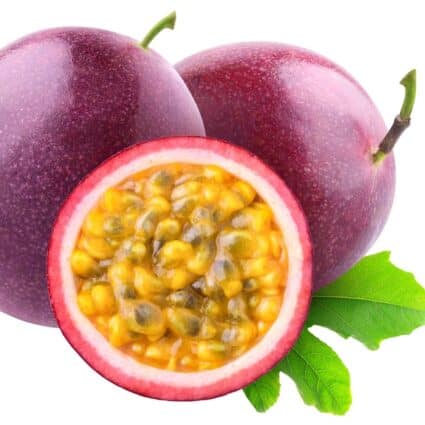
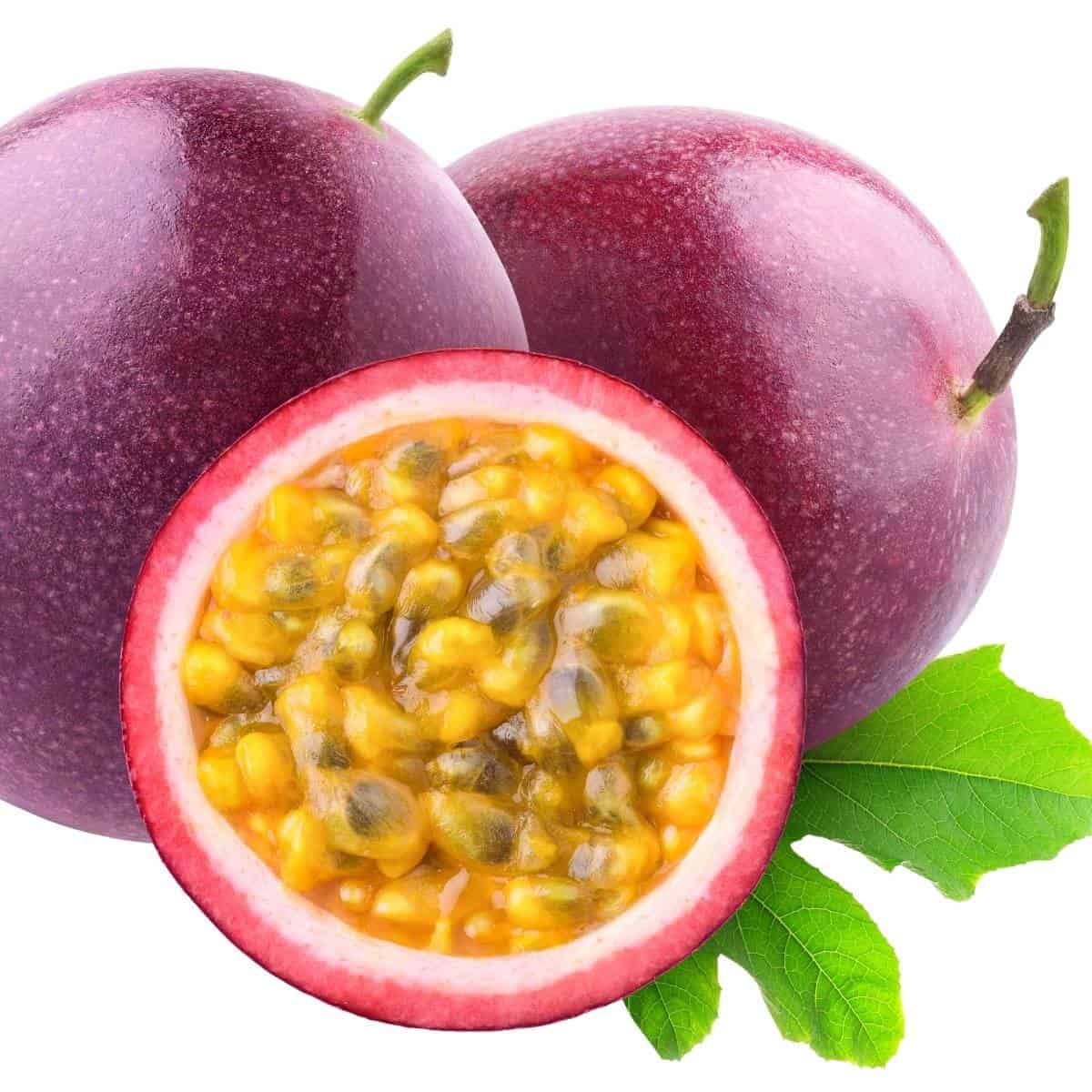
Lilikoi: the name itself sounds like poetry, rolling off the tongue with a lyrical, percussive rhythm. Those from the mainland might be more familiar with the name of passionfruit, which has its own uniquely romantic aura. No matter what you call it, you’ll never forget this tropical treat after your first encounter.
Native to Brazil, lilikoi was introduced to Hawaii via Australia around 1880, where it quickly took root in the fertile volcanic soil. Once found only in fruit punch farther afield, Hawaiian passion fruit is now available fresh, frozen, and pureed worldwide.
If you’re curious about lilikoi but don’t know where to start, here’s everything you need to know.
Table of contents
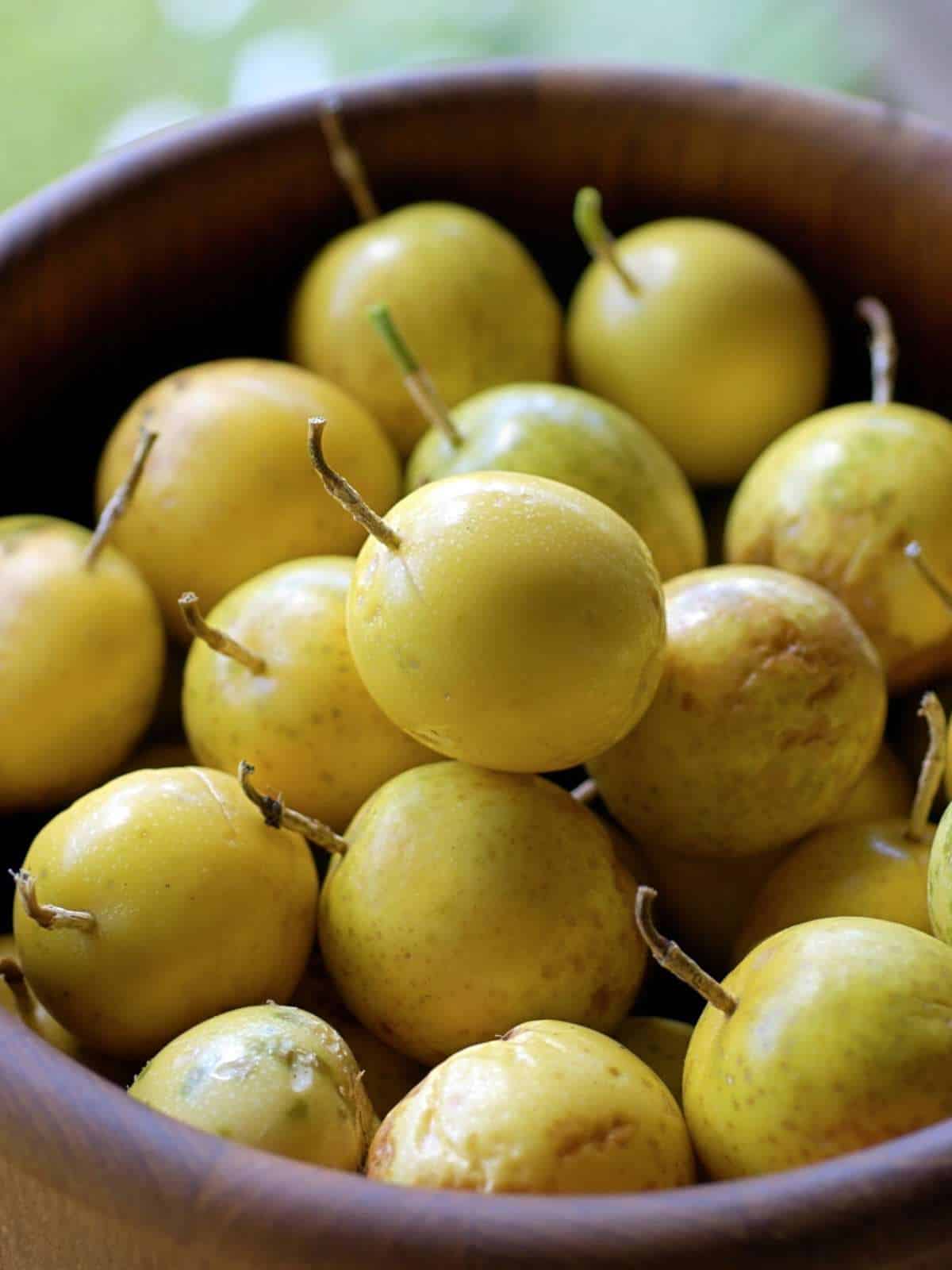
What is Lilikoi?
Lilikoi (pronounced lee-lee-coy) is the Hawaiian word for passionfruit, which can also be spelled as passion fruit (two words), and it is distinctive in every way. Brilliant multi-colored blossoms that grow on climbing vines transform into small, round fruits that are either yellow or purple in color.
When ripe, they become dimpled and soft, which might seem old or subpar to the untrained eye. Smooth, hard lilikoi aren’t ready for harvest and will be incredibly sour.
Inside the tough shell lies a sticky yellow goo, dotted with hard black seeds. The seeds are edible, but some people chose to strain them out as a textural preference. If eaten plain, you can scoop the insides out with a spoon like pudding. They’re especially refreshing chilled, straight out of the fridge.
The growing season is from July to December, but lilikoi puree can be found in some specialty markets year-round. This is the easiest way to use it in recipes since it takes many fresh lilikoi to produce enough pulp to cook or bake with. Considering the labor and expense, bottled or frozen seedless pulp is often a smart shortcut to take advantage of.
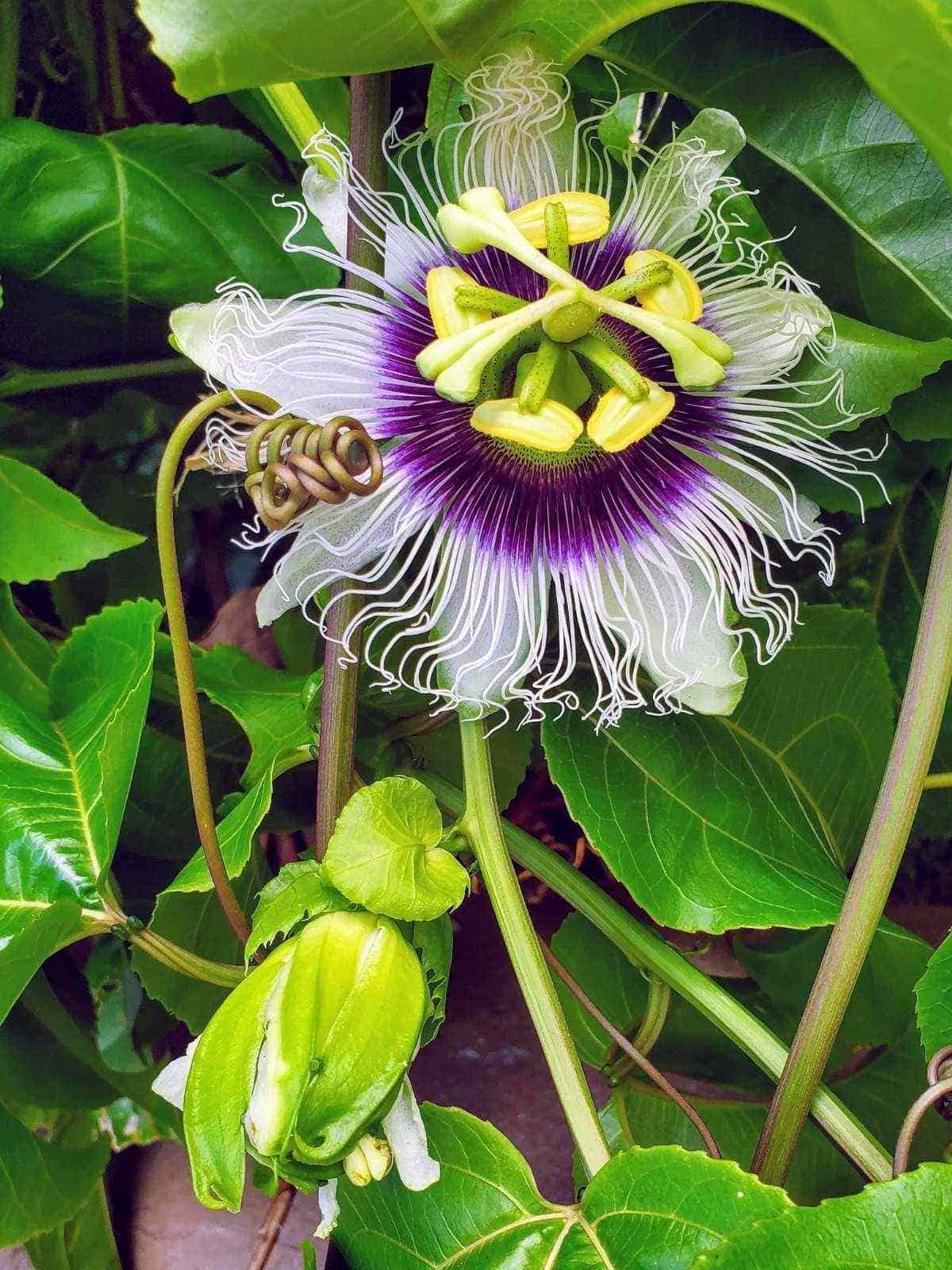
Fun Facts About Lilikoi
- There are 11 species of lilikoi growing in Hawaii, but only 2 produce edible fruit.
- Passion fruits are considered berries, not citrus fruits, which is a common misconception.
- Passionflower vines can grow up to 20 feet in a year.
- The passion fruit flower is the national flower of Paraguay.
- The name “passion fruit” isn’t meant to imply that it’s an aphrodisiac. European Missionaries visiting Brazil were inspired by the Hebrew word ‘passiflora,’ in reference to the passion of Jesus Christ. In Hawaiian, it was named after the Liliko’i Valley of Maui.
What Does Passion Fruit Taste Like?
Although it’s a headlining component of classic POG juice, the blend of passion fruit juice, orange juice, and guava nectar doesn’t do proper justice to the fragrant and delicate flavor of fresh lilikoi.
Sweetness is secondary, with a tart, tangy, and floral taste that takes the lead. Riper fruits are sweeter, and purple lilikoi tend to be sweeter than yellow. Quality can vary greatly so don’t be discouraged if it’s not love at first taste.

When is Passion Fruit Ripe?
How can you tell when a lilikoi is ripe? Liliko’i is not fully ripe until the hard outer skin becomes very wrinkly. It should look more like a gold ball—if it’s still smooth, wait! If you open a passion fruit too soon, it will be very tart, almost too sour to enjoy.
If you have a passion fruit that’s not ripe yet, simply leave it on the counter for several days and allow it to ripen.
You can also take note of the color. Passion fruit starts out green, and then turns yellow, pink, or purple as it matures. Yellow Liliko’i will remain bright yellow when fully ripe, and the purple lilikoi will take on a deeper color, such as dark purple, when very ripe. Green passion fruit are unripe and should be left on the vine, or if already picked, can be left on the counter for 3-7 days to ripen.
How to Use Lilikoi
The beauty of lilikoi is its endless versatility. It’s just as compelling in savory dishes as it is in desserts. If you’re new to the world of passionfruit, here are a few easy ways to try it out:
- Blended into smoothies or juices
- On toast or bagels for an interesting twist (especially over peanut butter or a schmear of vegan cream cheese!)
- Mixed into dairy-free yogurt, oatmeal, or overnight oats
- Cooked down into jam or preserves
- Simmered into sweet and sour sauce (it would be fantastic with these sweet & sour kebabs)
- Spooned over pancakes or the best vegan waffles

Frequently Asked Questions
Nothing at all! Lilikoi is simply the Hawaiian name while passion fruit is the English translation.
Yes, lilikoi is incredibly nutritious! It’s so full of vitamins and minerals that it’s considered a superfood by many. To reap the most benefits, seek out fresh or no-sugar-added options. Lilikoi is particularly high in Vitamin C, Vitamin A, fiber, and is low in calories, which makes it a smart snack.
Lilikoi needs a tropical climate to thrive but has been known to do well in some parts of California and Florida in particular. If you have a controlled indoor environment like a greenhouse, you might have some luck, too. You can save the seeds inside fresh lilikoi, germinate them, and plant them in mineral rich soil. The vines do like to climb, so make sure you have a trellis or tomato cage nearby. For more advice, visit this in-depth lilikoi plant gardening tutorial.
Once ripened, store whole passion fruits in the fridge to keep them fresh for 1 to 2 weeks. Once cut open, passion fruit pulp can be stored in an airtight container and refrigerated for 2 to 3 days, or frozen for up to 6 months.
Lilikoi vary in size, but on average, each passionfruit will yield about 1 ½ to 2 tablespoons of pulp with seeds. For 1 cup of passionfruit pulp with seeds, you’ll need about 12 whole passionfruit.
Plant-Based Lilikoi Recipes
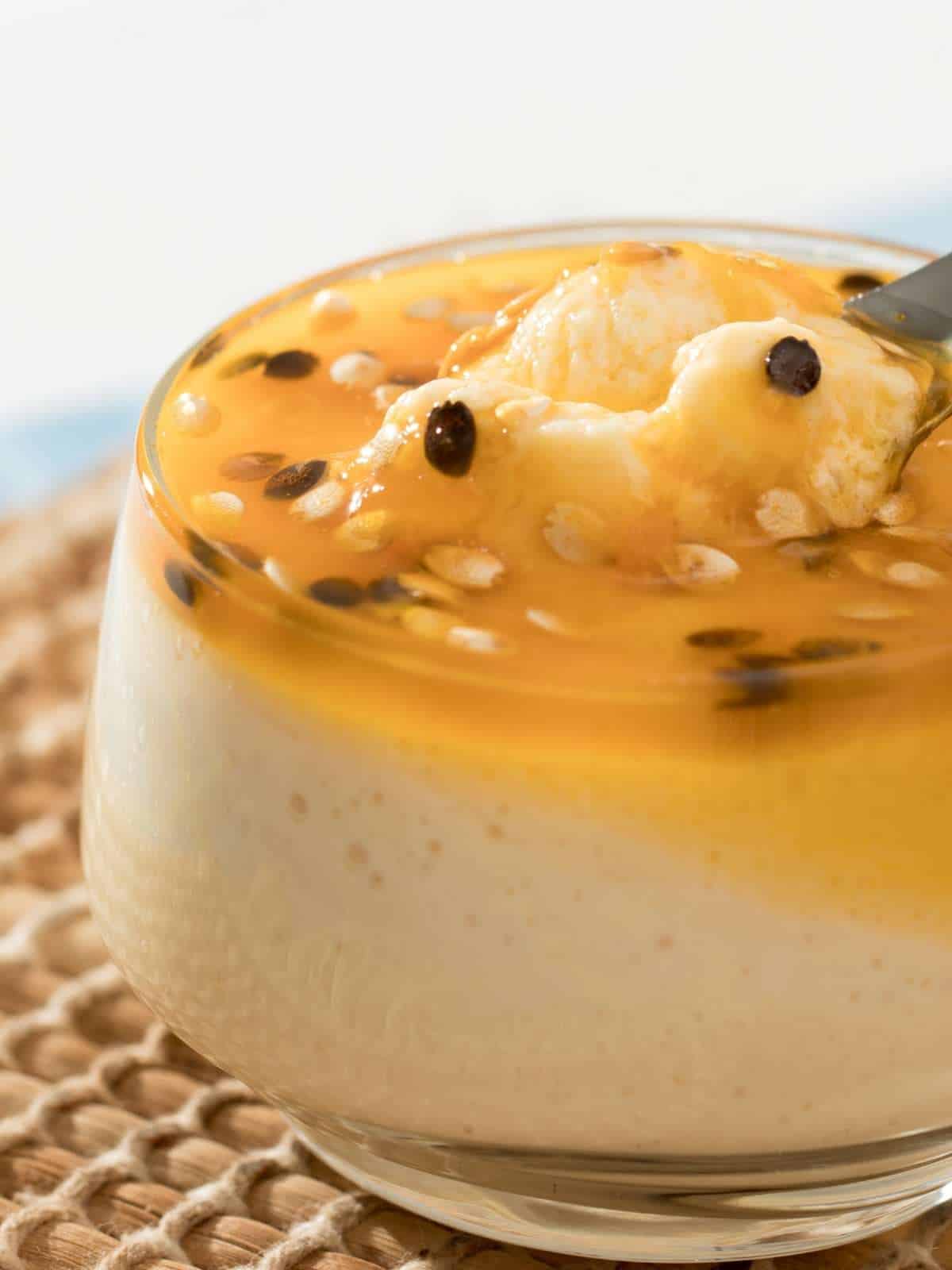
If you’re ready to get into the kitchen and whip up something more creative with lilikoi, here are some decadent recipes to show case the unique tropical fruit:
- Passion Fruit Mousse is sweet, tart, creamy, and simply luscious, yet dairy-free and eggless, too. It uses a rich blend of cashews and coconut milk for body, and maple syrup for a more natural sweetness.
- Passion Fruit Bars are no-bake cookies that start with a hearty oat base as the foundation for creamy lilikoi curd. It’s hard to believe how stunning simple (and wholesome) this treat is!
- Vegan Passion Fruit Ice Cream churns out creamy, frozen scoops from only 5 simple ingredients. There’s no better dessert on a hot summer day.
- Passion Fruit Margarita is the life of the party when happy hour rolls around. Rim the edge with li hing mui, a salty dried plum powder, for an extra Hawaiian touch.
- Cold Passion Fruit Soup brings together many harmonious tropical fruits in a light, refreshing palate cleanser.
- Instant Pot Lilikoi Mochi is an ingenious adaptation of the traditional sticky rice candy that’s effortless to make. There are instructions for making it in the oven if you don’t have a pressure cooker, too.
This guide to lilikoi was written with support from Hannah Kaminsky and edited by Rachel Lessenden. Photos sourced from Canva.






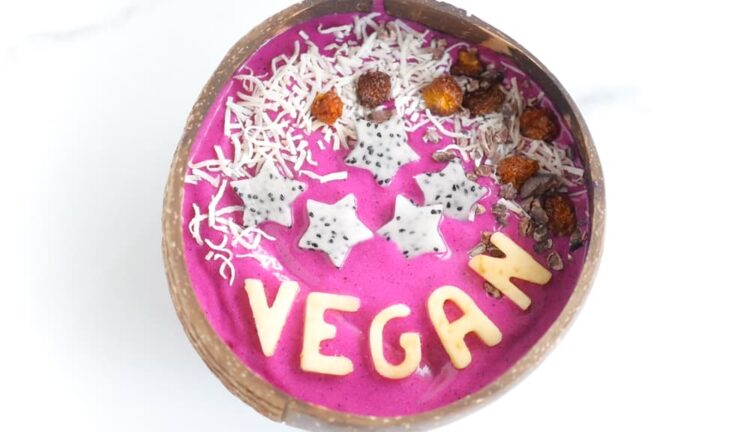
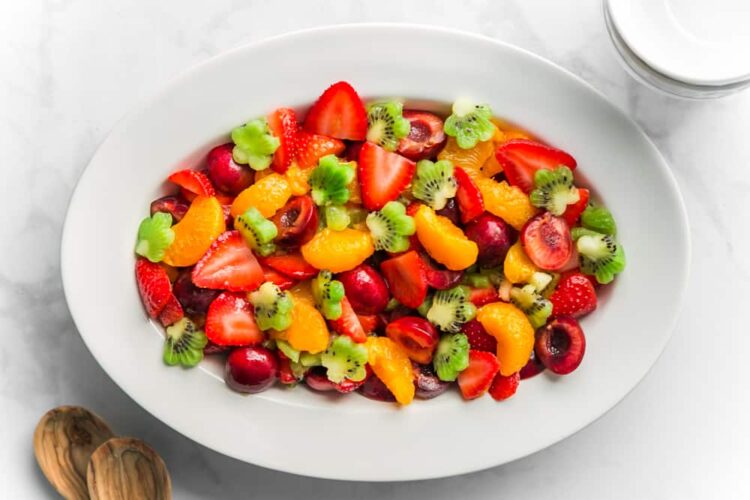
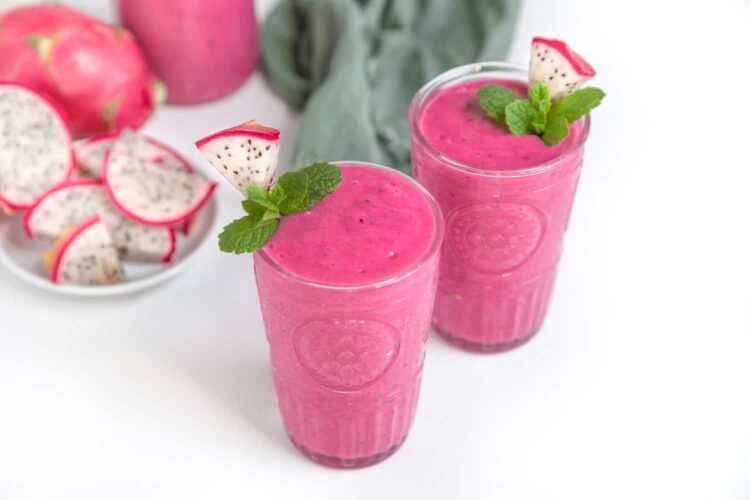
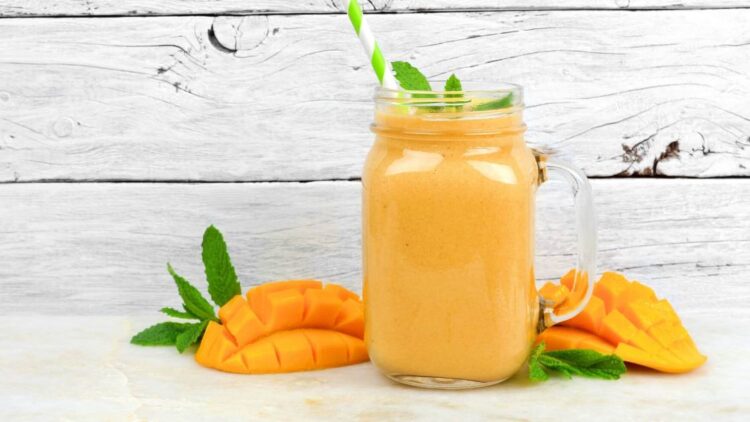

Leave a Comment
I have always been familiar with this as passion fruit but so interesting the history behind this fruit
I had no idea lilikoi is another name for passionfruit! Very cool! Can’t wait to try all these yummy passionfruit recipes!
I always wondered what the difference between lilikoi and passionfruit was! I’ve only had it a couple times but this gets me excited to try it more!
I love passionfruit so much! I usually only get one as a treat once in a while, but it’s totally worth it. I loved learning more about this sweet and tangy fruit!
I’ve only had passionfruit once, so it’s a complete delicacy to me … loved learning more about this amazing fruit!
This is so interesting, thanks for sharing!